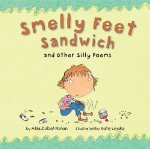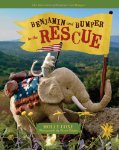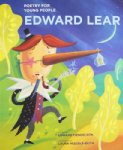It takes a special kind of person to create poetry for young children. The poems cannot be too long, they have to be engaging, and they have to be about subjects that will resonate with the audience. In today's review title the poet manages to do all these things and more.
Allia Zabel Nolan
Illustrated by Kate Leake
Poetry Picture Book
For ages 4 to 6
Tiger Tales, 2008, 978-1-58925-836-5
Poems come in all kinds of flavors. Some are deep and
meaningful, some tell a story, and some were created to make readers laugh.
This title is just such a rib-tickling book. The author writes about situations
that children will appreciate, adding in plenty of child-friendly humor.
For example, in It’s not fair, we meet a boy who is
mighty peeved because when he burps he is scolded, whereas when babies burp the
grownups shout “Hooray.” Clearly there is something about this state of affairs
that simply is not right.
Then we meet a
little boy who has a wiggly tooth and who wants his friend to help him get it
out. She suggests that “he bite jawbreakers / or chew on an old shoe,” or she
could make him “loose-tooth juice / with crunchy rocks and glue.” Whatever the
children do, the little girl isn’t too worried because she knows that she has a
secret weapon that is sure to do the trick and get the tooth on the move.
With funny
illustrations and sturdy coated pages, this splendid book is perfect for little
children who like to explore language and who enjoy a good laugh.







